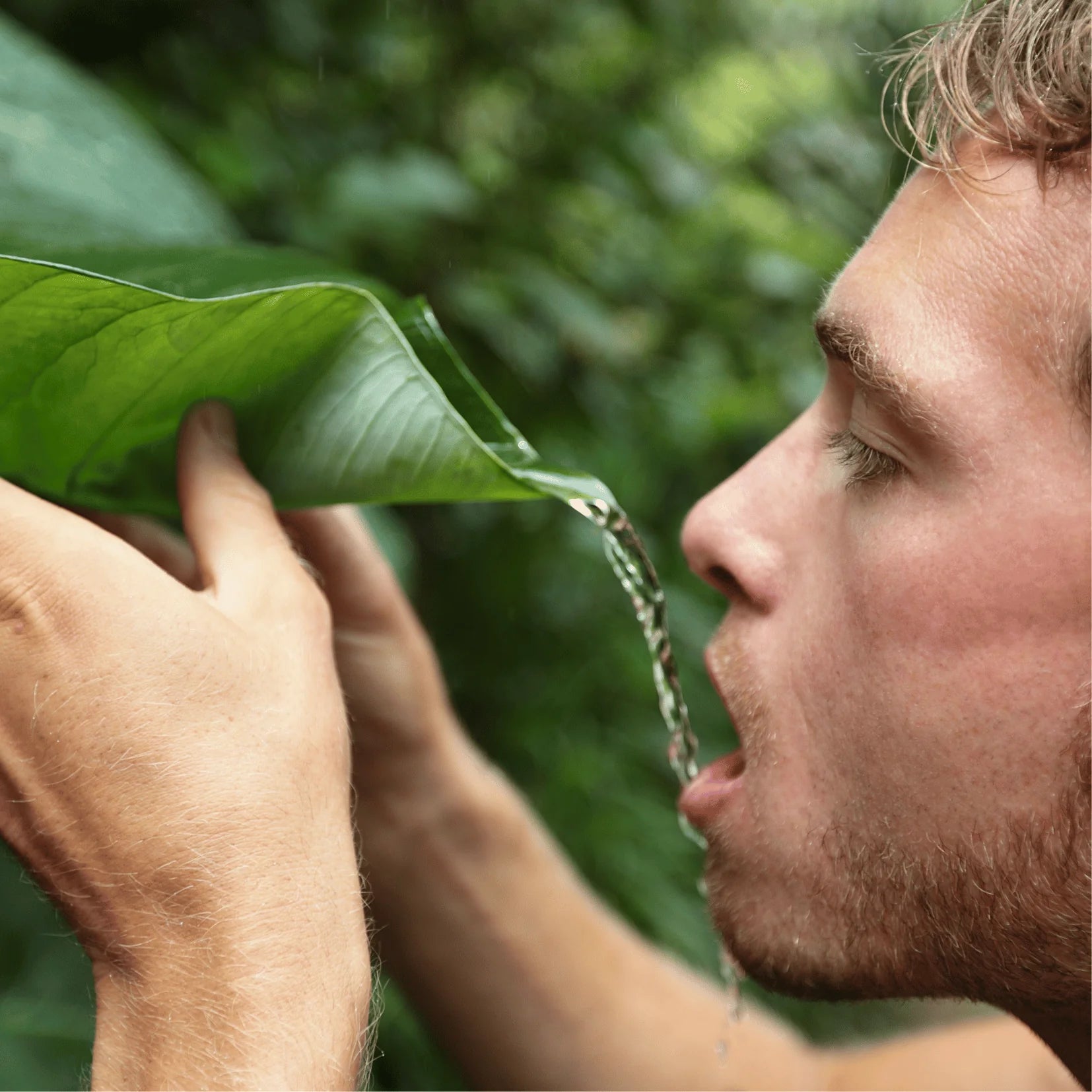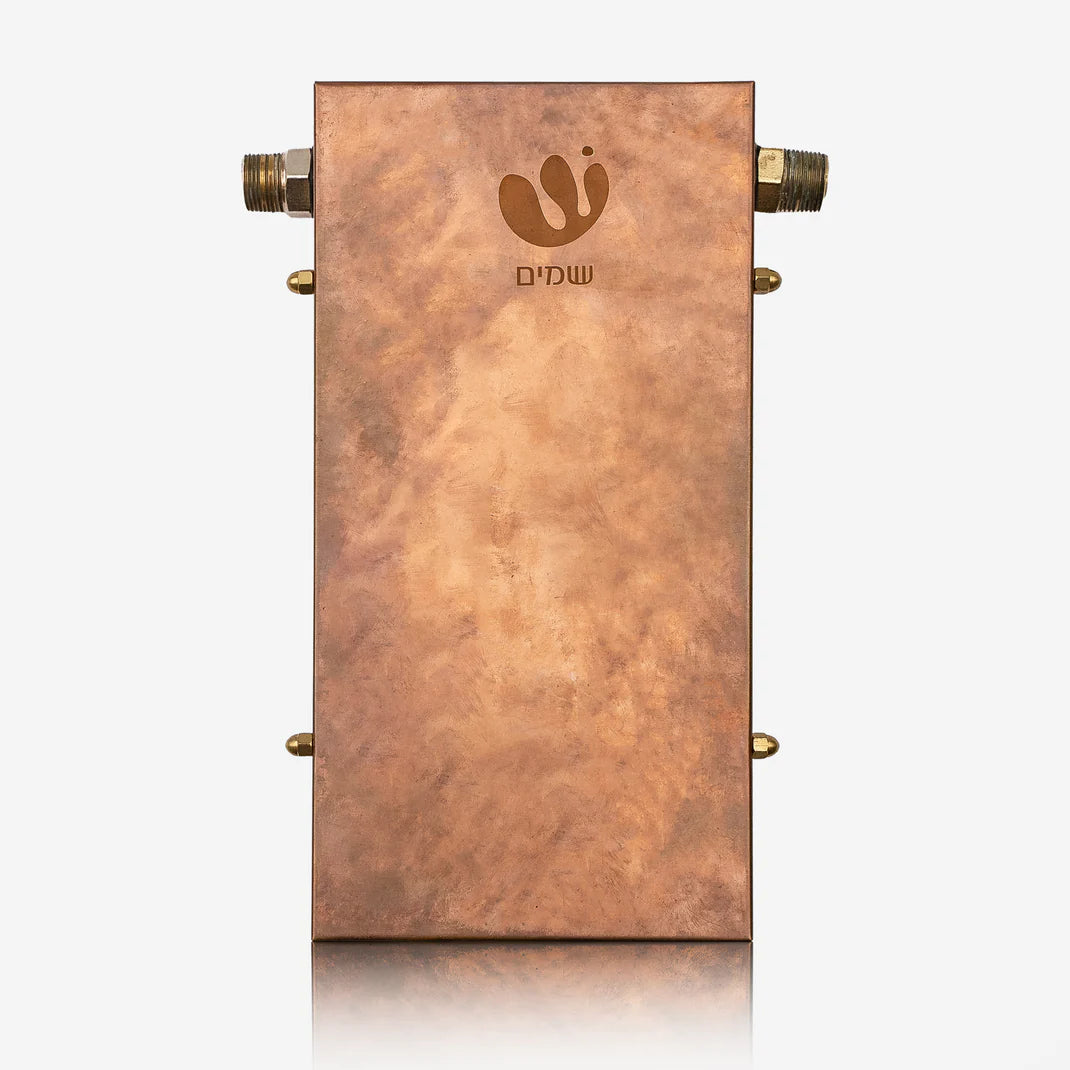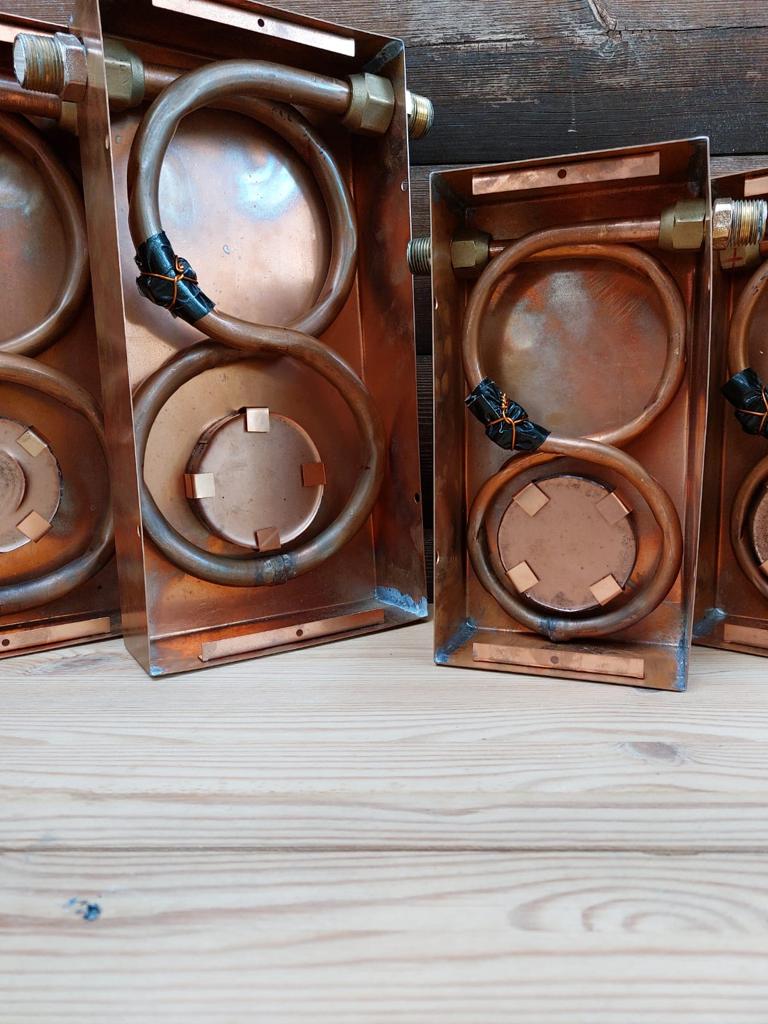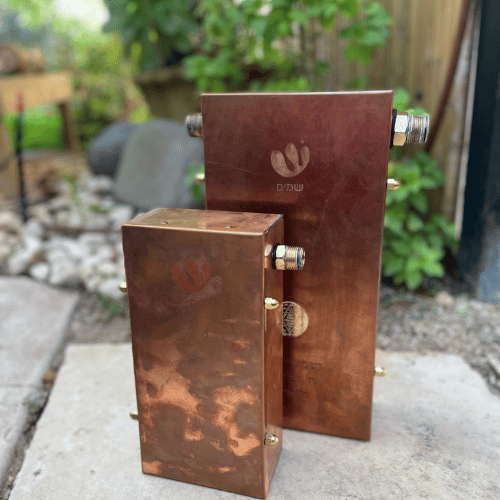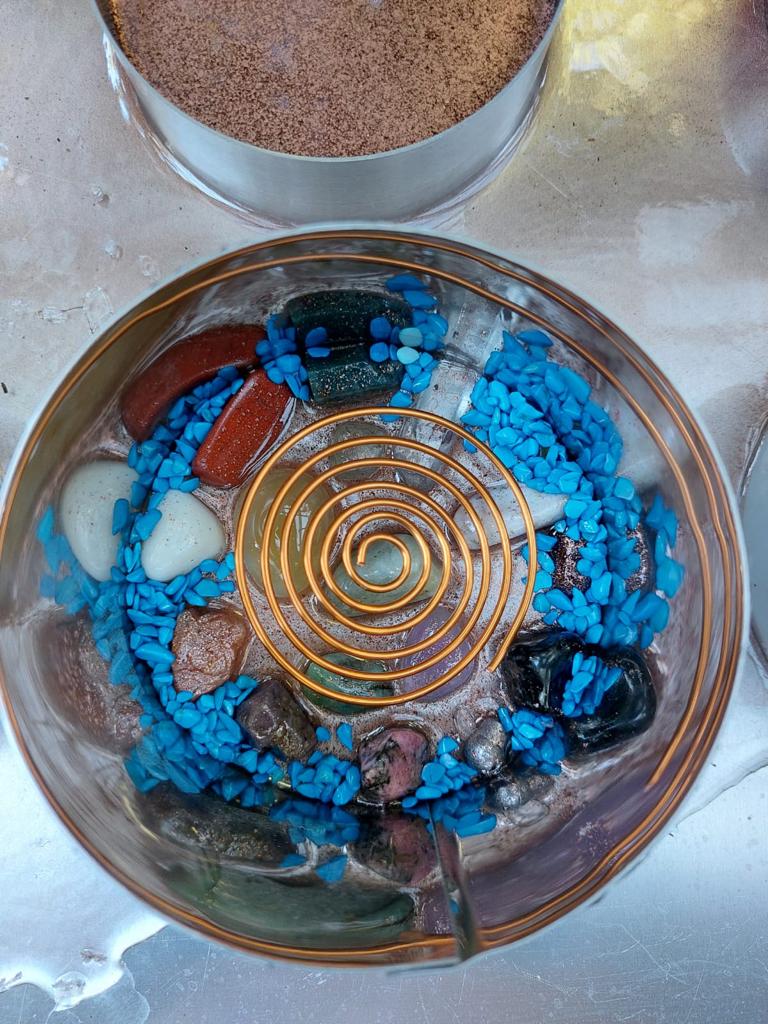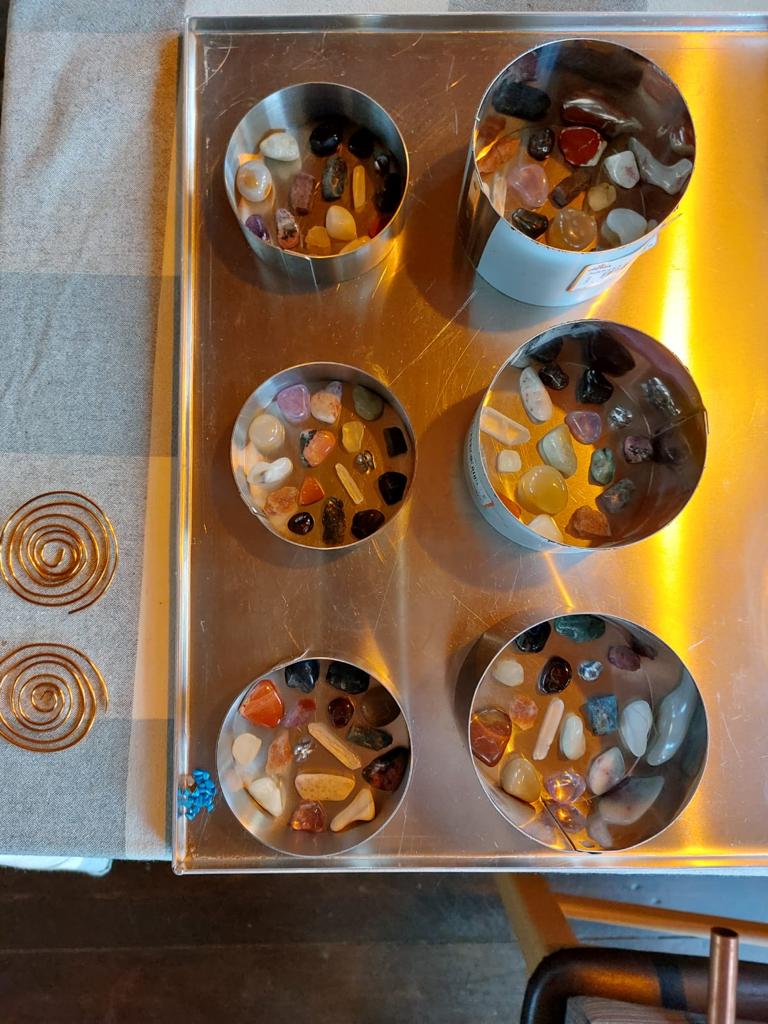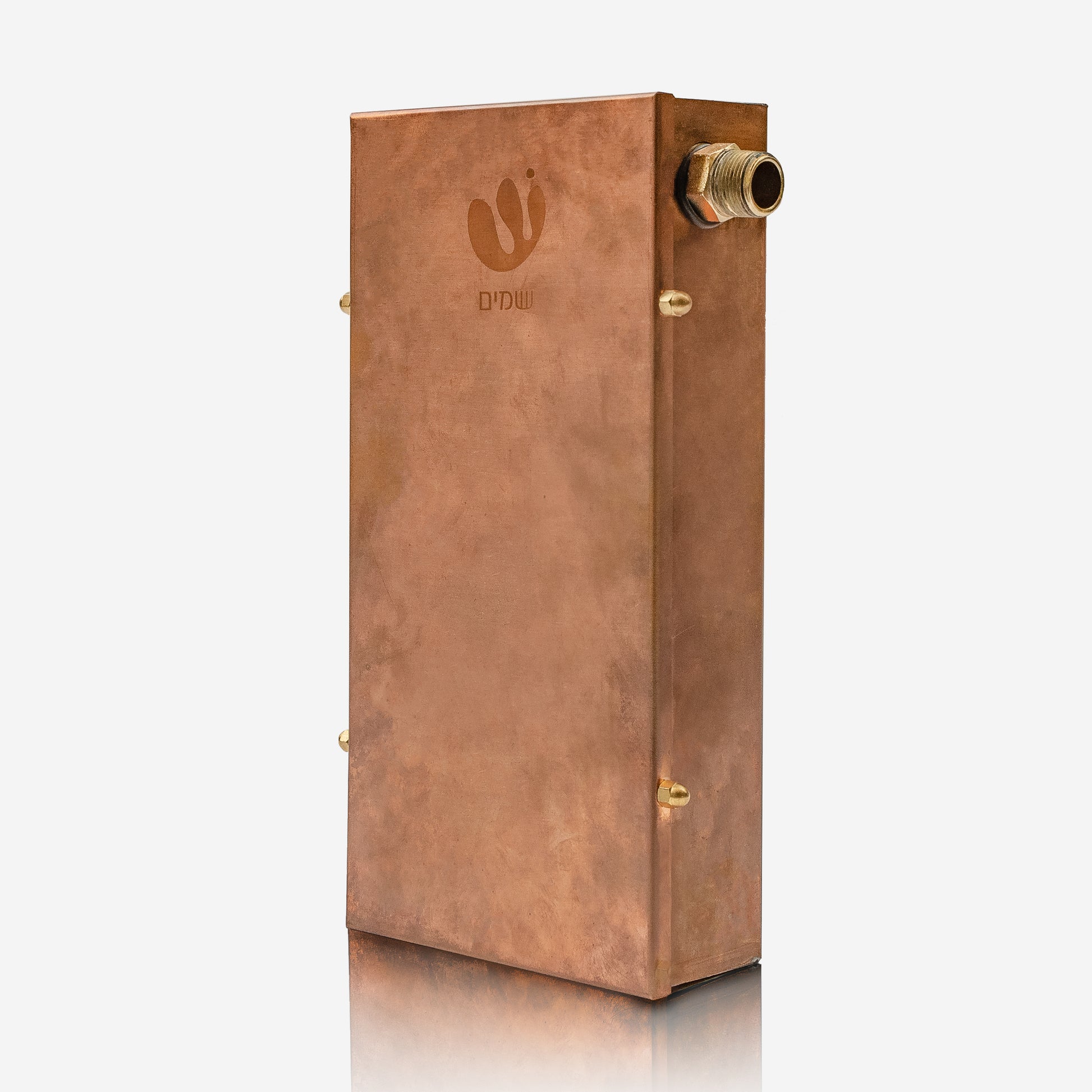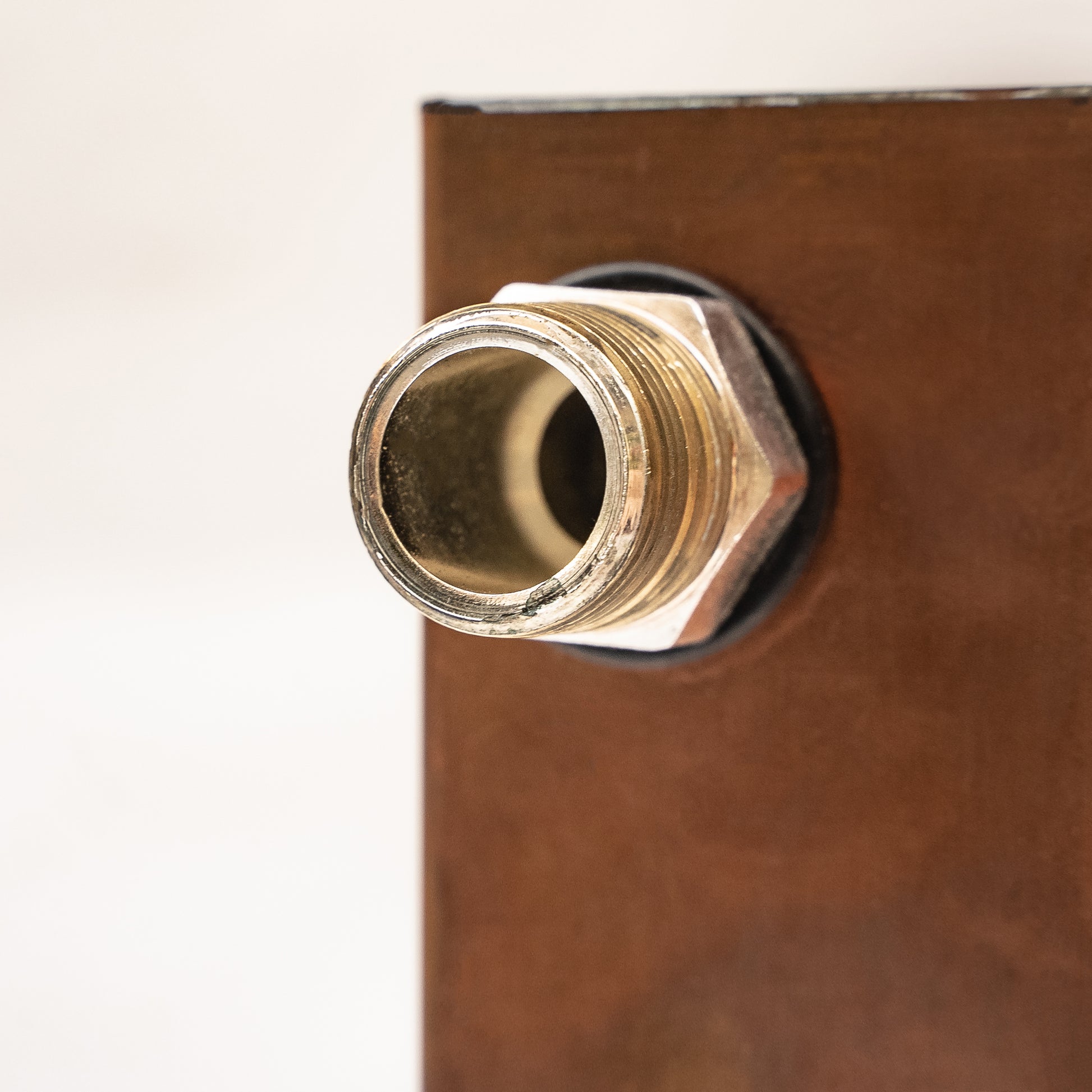introduction
Water, the elixir of life, has long fascinated scientists and thinkers alike. Beyond its essential role in sustaining all known life forms, water has a unique property that has intrigued researchers for decades – what is known as the “memory of water.”
Water can retain a memory of materials it has come into contact with, even when those materials are no longer physically present. In this article, we will explore the idea of water memory, delve into relevant research, and discuss its implications.
The possibilities for health
The theory
The theory of water memory, also known as water memory or water memory effect, was popularized by French immunologist Jacques Beneveniste in the late 19th century.
Benveniste argued that water can retain a "memory" of molecules, even when diluted to the point where no molecules of the original substance remain.
Benveniste's experiments involved diluting a substance, such as an antigen or hormone, to the point where it was barely detectable in solution. He then exposed immune cells to these highly diluted solutions and observed responses that indicated that the cells had "remembered" the presence of the original substance. This seemingly paradoxical idea challenged fundamental principles of chemistry and physics.
Relevant research
Research has continued to explore the water memory phenomenon. Some studies have attempted to replicate Benveniste's findings, while others have examined related concepts such as homeopathy, which relies heavily on the idea of water memory.
A prominent study published in the journal "Nature" in 1988 attempted to replicate Benavenista's experiments, and the results looked promising.
Research in homeopathy has also contributed to the debate about water memory. Homeopathic remedies involve highly diluted solutions of substances, and proponents claim that a process of “potentization” activates water memory to produce therapeutic effects.
Emoto Masaru and messages from the world of water
Masaru Imoto, a Japanese writer and scientist, is known for his claims regarding the memory of water and its responsiveness to human consciousness and emotions, mainly around his experiments with water crystals.
Imoto claimed that the molecular structure of water could be influenced by various external factors, including words, music, and emotions. In his experiments, he exposed water to various stimuli, such as positive and negative words, musical genres, and prayers. He then froze the water and observed the formation of ice crystals under a microscope.
According to Imoto, water exposed to positive stimuli, such as words of love or beautiful music, formed complex and symmetrical ice crystals, while water exposed to negative stimuli, such as words of hate or dissonant music, formed chaotic and distorted ice crystals. Emoto suggested that these findings show that water has a "memory" and can be influenced by human intention and emotion.
Dr. Luc Montagnier and water memory:
Dr. Luc Montagnier, winner of the Nobel Prize in Medicine, conducted research related to the memory of water. Montagnier was best known for his groundbreaking work on the discovery of the human immunodeficiency virus (HIV). After winning the Nobel, he entered the unconventional territory of investigating the electromagnetic properties of water.
Montagnier's research delved into the phenomenon of water memory by examining the ability of DNA to transfer electromagnetic information to water. He proposed that DNA molecules can emit low-frequency electromagnetic waves, which can affect the structure of water molecules. Montagnier's work demonstrated that water may have the ability to store and transfer biological information via electromagnetic signals.
Possible health effects
The potential health implications of water memory are a subject of much interest and debate. If water can indeed "remember" the substances it encounters, it could have profound implications for fields such as medicine and environmental science.
Homeopathy: Homeopathic treatments are based on the premise that highly diluted substances can cure diseases. The memory of water plays a crucial role in the effectiveness of homeopathic remedies.
Environmental impact: Water memory could have implications for water quality and pollution. If water can retain information about pollutants and toxins it has encountered, it could provide a new avenue for environmental monitoring and remediation.
Molecular communication: Water has memory-like properties, offering new ways for cells and molecules to communicate within the body. This could open up new avenues for research in cell biology and medicine.
The memory of water profoundly influences our understanding of health, medicine, and the natural world.
How to change the memory of water
Shamim's unique technology actually deals with the memory of water
The intentional imposition of frequency information onto the water while erasing other material frequencies (previous memory) that are not healthy for us – such as toxic substances, bacteria, destructive electromagnetic frequencies, even negative words, thoughts, and beliefs.
The way to erase a memory of water is to actually recharge the water with new memories whose frequency
Overcomes the previous negative frequency
In the "Sophia" model of Heaven, several operations are performed to produce water with optimal memory (information).
Swirl each drop of water with high energy to change the molecular structure of water into a
Similar to honeycomb and its benefits are that it increases the capacity of water to receive information by nine times compared to the information-carrying capacity of regular water.
The water is charged with the frequencies of precious metals, copper, silver, and gold, through which the water flows.
Charge the water with the electromagnetic frequency of water energized from a living water source, with symbols
And in different crystals
Kabbalah codes are used as well as shungite stone, which absorbs harmful electromagnetic frequencies and removes them from the water.
The frequencies of materials that were on the globe in ancient times, such as wood and various metals, are coupled to the water.
Strengthening the Memory of Heavenly Waters through the Use of a Consciousness-Based Healing Ritual

